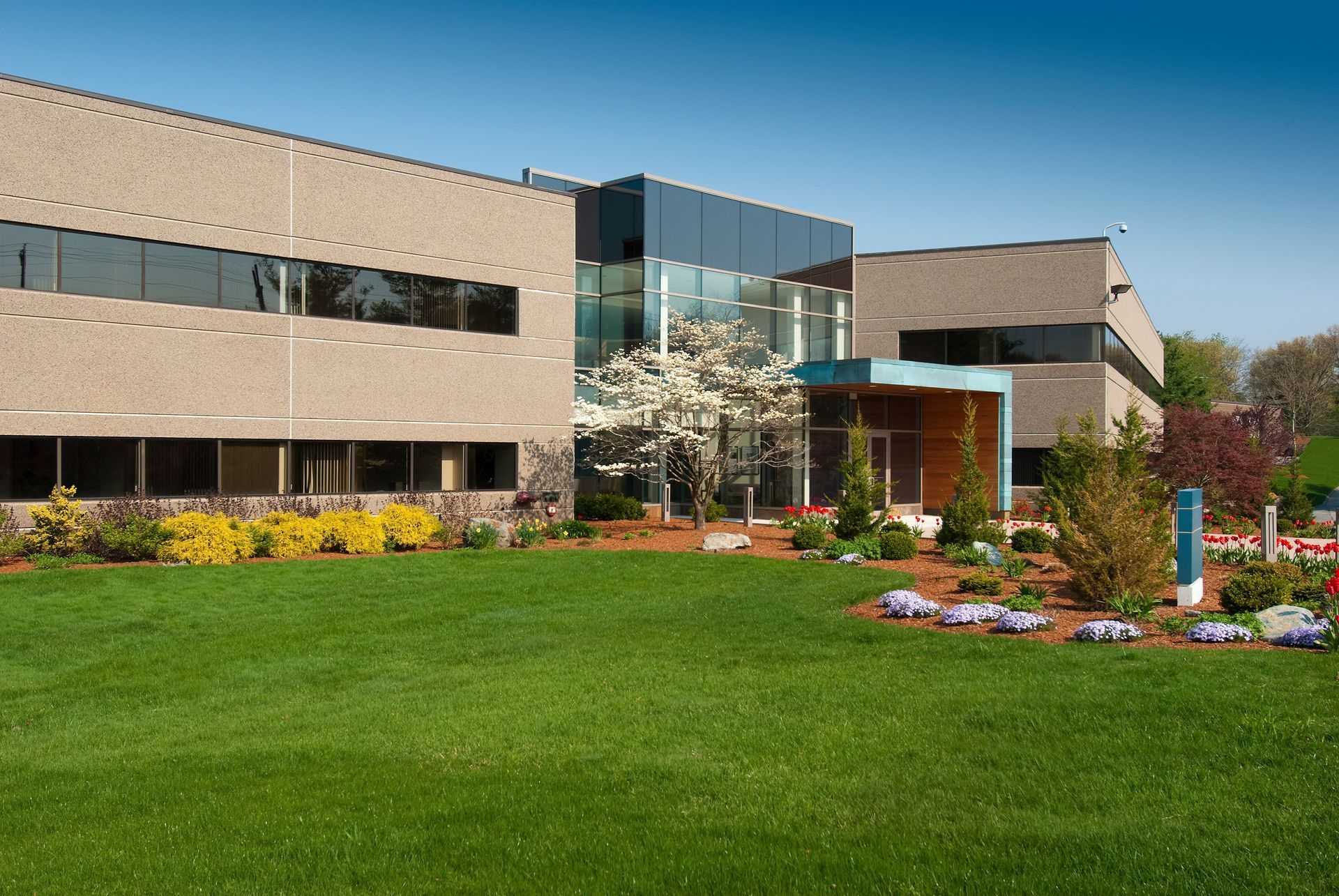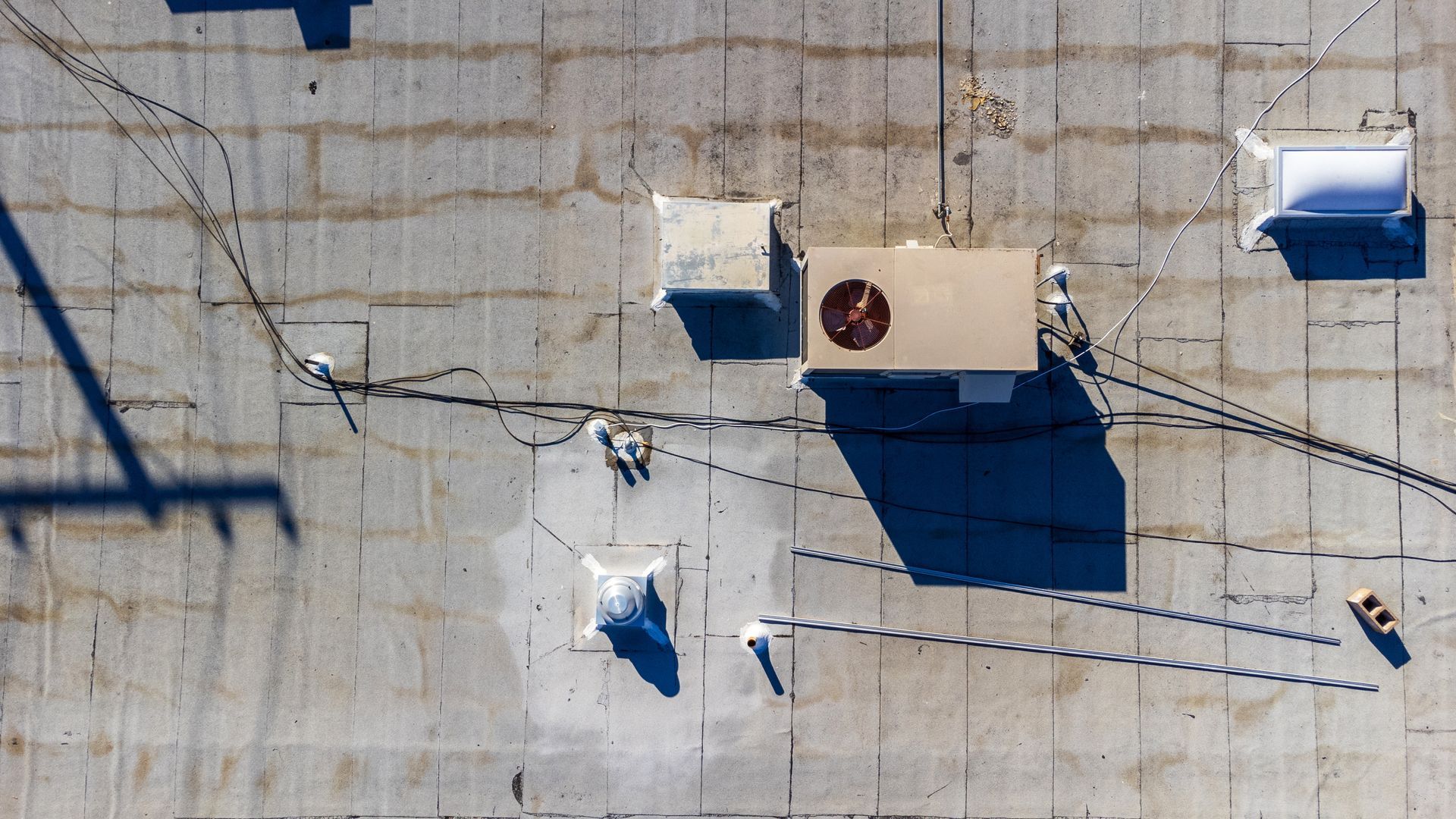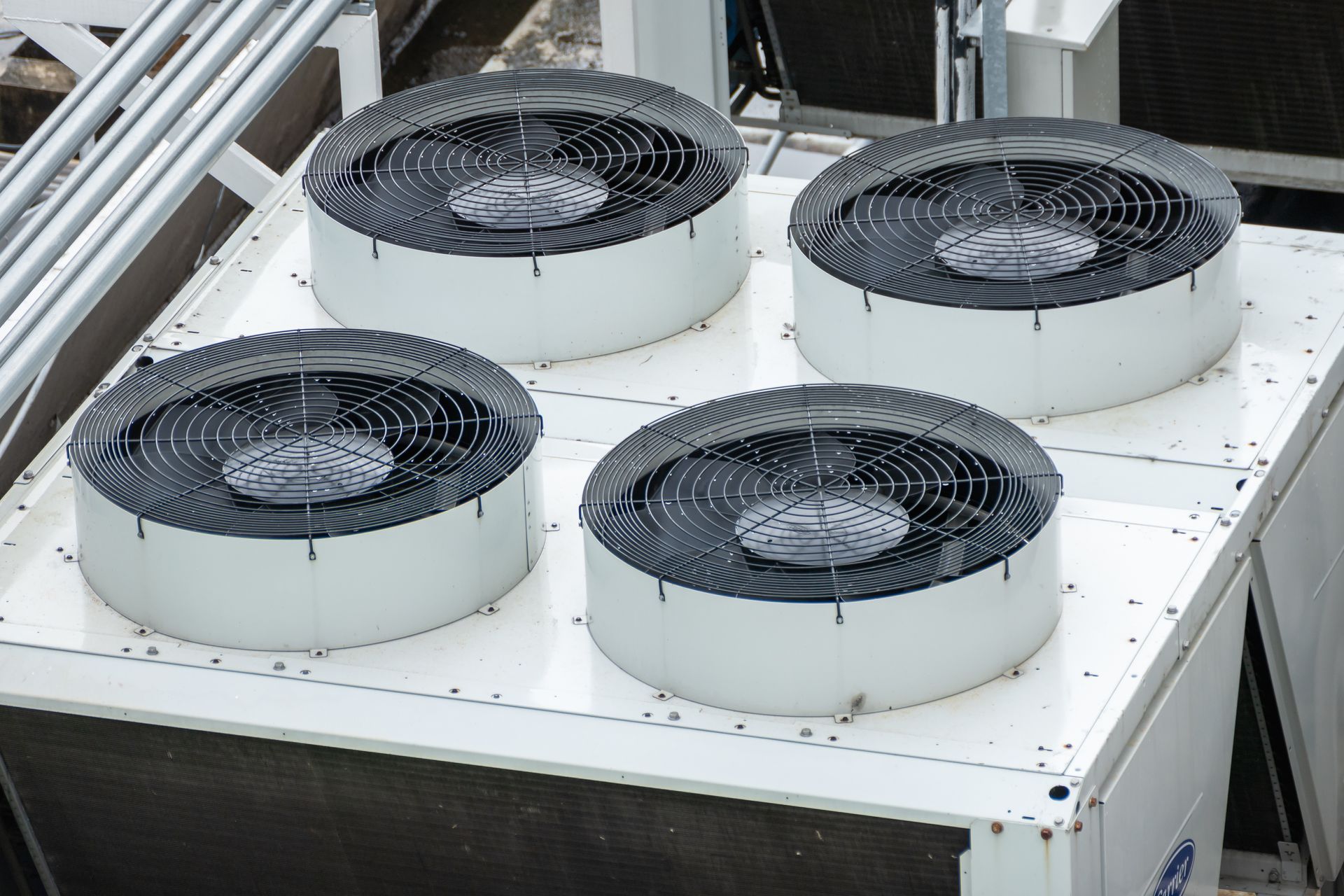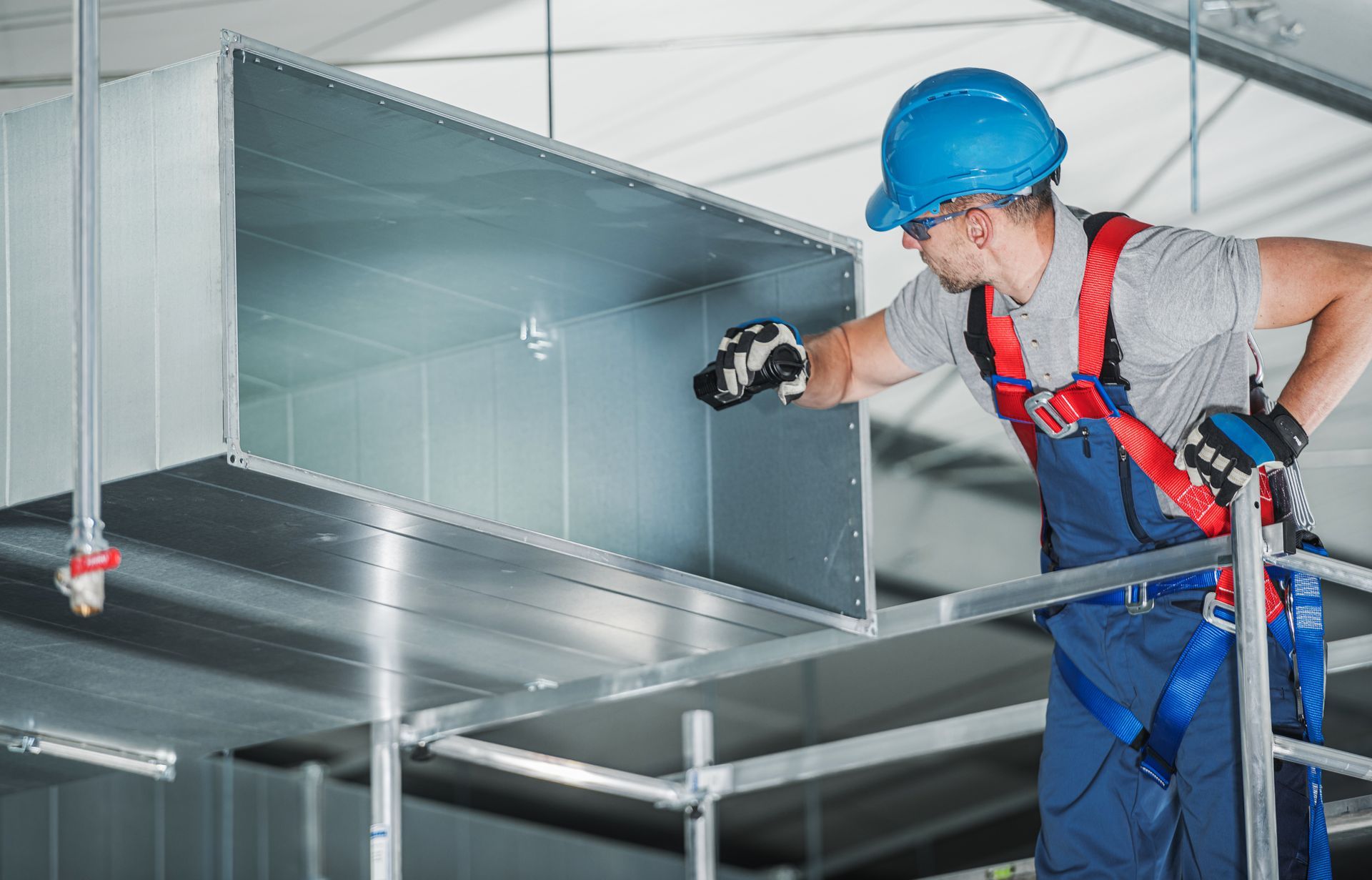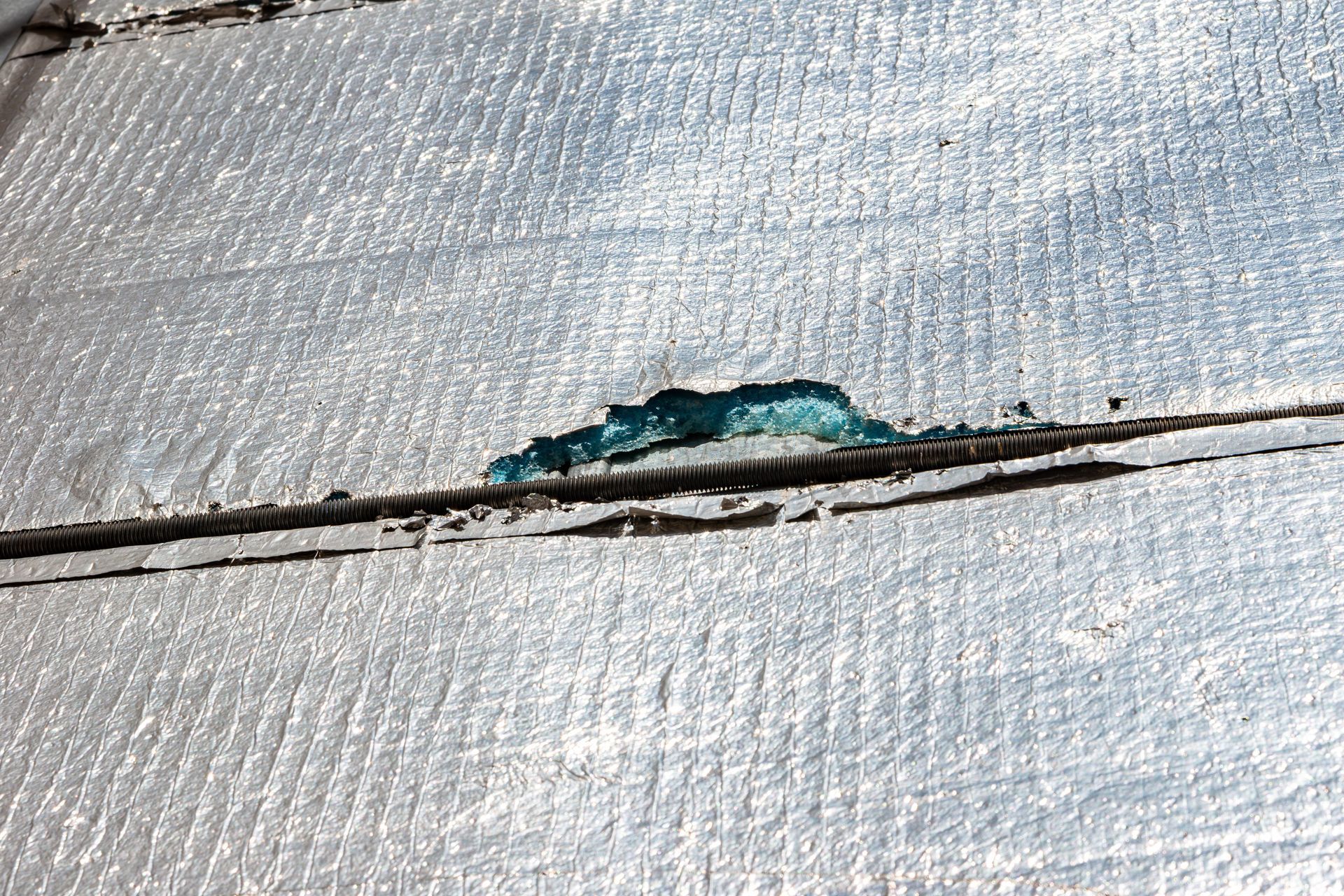What You Should Do if You Have Cracks at Seams on the Ducts in Your Commercial Building
Share
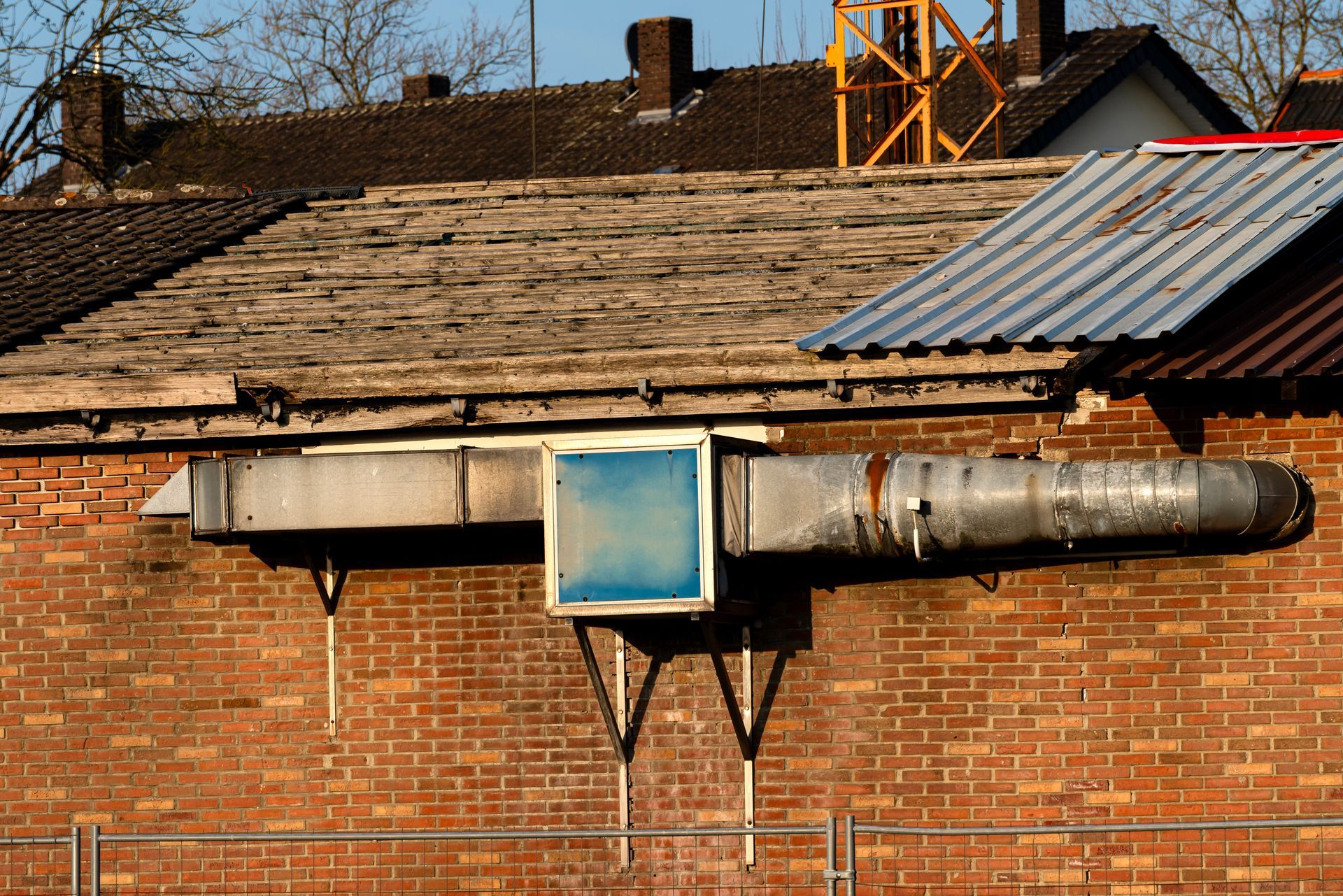
Your ductwork is the unsung hero of your HVAC system, quietly moving conditioned air where it needs to go to maintain a comfortable indoor environment. If cracks or gaps start to form at the seams, your system’s efficiency and performance can suffer. In commercial buildings, these issues can go unnoticed for months until uneven temperatures, airflow problems or rising energy bills start to raise red flags.
Why Duct Cracks Happen in Commercial Buildings
Cracks and separated seams in ductwork don’t happen overnight. They’re usually the result of long-term stress, aging materials or overlooked installation flaws. Some of the most common reasons cracks begin to form include:
- Aging materials:
Over time, duct sealants like mastic and foil tape can break down, especially in hot or humid environments. As the material dries out or deteriorates, seams become vulnerable to cracking or peeling, allowing conditioned air to escape.
- Improper installation: If the ductwork wasn’t supported properly or if low-quality materials were used during the
original installation, seams can begin to separate much sooner than they should. Joints that were never fully sealed or were only sealed using temporary tape can fail within a year of installation.
- Vibration and movement: Rooftop units and large air handlers create constant vibration that puts stress on ducts—especially where joints and elbows are involved. Over time, this movement can cause rigid connections to crack or pull apart.
- Thermal expansion and contraction:
In climates like Arlington and Dallas–Fort Worth, where outdoor temperatures swing drastically, duct materials expand and contract every day. This constant movement can gradually weaken joints and connections, particularly in unconditioned spaces like attics or mechanical rooms.
- Building settling or structural shifts:
Even slight structural movement in an aging building can strain duct runs. If the framing shifts, it may tug on connected ducts, causing them to twist, bow or pull away from their original connection points.
- Pressure imbalances: If your system is producing too much positive or negative pressure due to zoning issues or blocked airflow, that extra strain can force air against seams and wear them down faster than normal.
How to Spot the Problem
Cracks allow conditioned air to escape into attics, crawlspaces or wall cavities, forcing your system to work harder than it should.
Some cracks may be hidden from view due to duct placement, but you’ll feel the effects. Hot or cold spots, reduced airflow and inconsistent temperatures between zones could indicate a ductwork breach. If your energy bills have crept up without explanation, it’s worth inspecting the duct system.
Don’t Patch It Blind—Get a Proper Inspection
A lot of maintenance professionals in commercial facilities try to apply a quick fix using foil tape or sealant, but that’s only effective if you’ve identified the full extent of the issue. Small gaps may indicate larger separations further down the line.
Tom’s Commercial uses professional diagnostics to check the integrity of the system—not just the spot that’s leaking. We’ll assess pressure imbalances, material breakdown and access points to recommend a fix that actually solves the problem.
Cracked Ducts Can Be Repaired—But Only if Done Right
Depending on the condition and location of the damage, we may be able to reseal and reinforce existing sections or recommend a full replacement of affected runs. For older buildings, it’s often more cost-effective to upgrade the worst sections rather than continuing to chase down leaks every season.
We always take into account your building layout, usage patterns and access limitations before making a recommendation.
Proactive Maintenance Prevents Recurring Issues
Once the cracks are repaired, the best way to keep them from coming back is with regular maintenance. If your building experiences a lot of vibration, thermal swings or high airflow demands, your HVAC service provider should be adjusting their ductwork inspections accordingly.
Need a Duct Inspection or Second Opinion in Arlington?
If you’ve spotted a seam pulling apart or suspect airflow loss due to a hidden leak, don’t wait. The longer air escapes, the more strain you put on the system and the higher your temperature control costs climb. Tom’s Commercial can inspect, diagnose and repair duct damage with minimal disruption to your business. Call us at 817-857-7400 for duct inspection or repairs.


